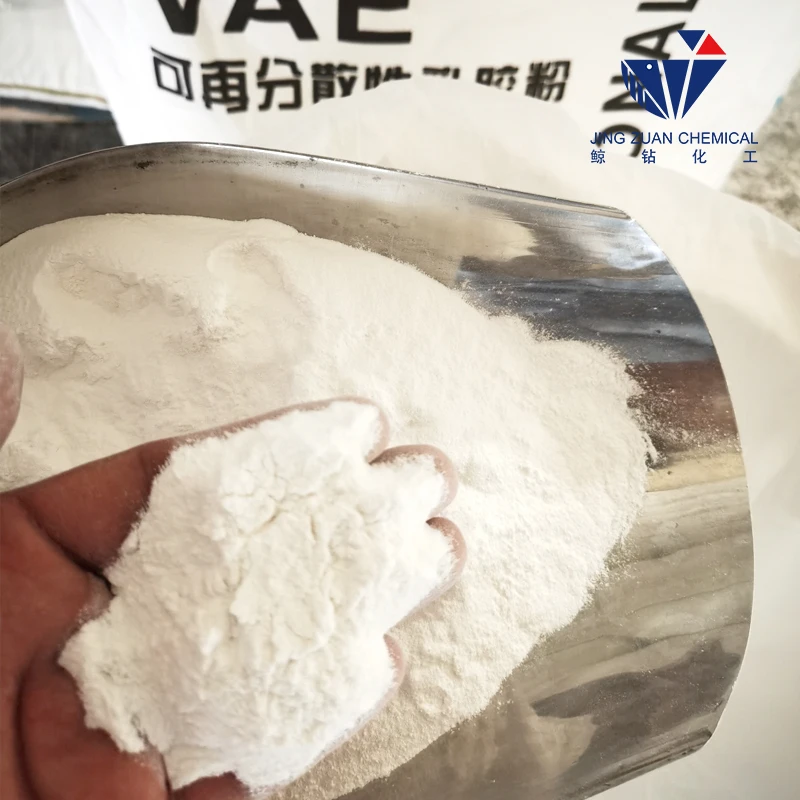
Oct . 06, 2024 21:14 Back to list
chemical structure of hpmc
The Chemical Structure and Properties of HPMC
Hydroxypropyl Methylcellulose (HPMC) is a well-known cellulose derivative widely used in various industries, including pharmaceuticals, food, and cosmetics. Its unique chemical structure contributes to its diverse properties and applications, making it an essential polymer in many formulations.
Chemical Structure of HPMC
HPMC is synthesized from cellulose, a natural polymer made up of glucose units. The structure of HPMC involves the substitution of hydroxyl groups on the cellulose backbone with hydroxypropyl and methyl groups. This substitution alters the physical and chemical properties of cellulose, resulting in a compound that is soluble in water and possesses thickening, emulsifying, and film-forming capabilities.
The degree of substitution (DS) of HPMC, which indicates the average number of hydroxyl groups replaced by hydroxypropyl or methyl groups, is crucial in determining its properties. Typically, the DS for HPMC ranges from 0.16 to 2.0, influencing the solubility, viscosity, and gelation characteristics of the polymer. Higher methyl substitution levels increase hydrophobicity and improve the ability to form viscous solutions, while hydroxypropyl substitution enhances water solubility.
Properties of HPMC
The chemical modifications in HPMC provide it with several advantageous properties
1. Water Solubility HPMC is soluble in cold and hot water, a characteristic that is not present in unmodified cellulose. This solubility is due to the presence of hydroxypropyl groups, which improve the interaction of the polymer with water molecules.
2. Thickening Agent HPMC acts as an efficient thickening agent. Its viscosity is dependent on its concentration and the degree of substitution, making it valuable in applications requiring increased viscosity without altering the fundamental properties of the product.
chemical structure of hpmc

3. Film-Forming Ability HPMC can form a transparent, flexible film upon drying, which is beneficial in cosmetic formulations and drug delivery systems. This property allows HPMC to be used in coatings to control the release of active ingredients.
4. Emulsification HPMC also functions as an emulsifier, helping to stabilize emulsions and suspensions in various formulations. This is particularly useful in food science and pharmaceutical applications where uniform dispersion of ingredients is required.
Applications of HPMC
Due to its versatile properties, HPMC has found widespread applications in various fields
- Pharmaceuticals It is commonly used as a binder in tablets, providing controlled release of active ingredients. HPMC is also employed in formulations for eye drops due to its ability to increase viscosity.
- Food Industry In food products, HPMC serves as a fat replacer, thickener, and stabilizer, enhancing texture and shelf life.
- Cosmetics and Personal Care HPMC is used in lotions, creams, and shampoos for its emulsifying and thickening properties, contributing to the overall sensory experience of cosmetic products.
In conclusion, the chemical structure of Hydroxypropyl Methylcellulose significantly influences its physical properties and functionalities, making it a valuable component in numerous applications. Its ability to form viscous solutions and stabilize mixtures underscores the importance of HPMC in modern industrial formulations, highlighting its role as a multifunctional polymer in both consumer products and advanced pharmaceutical applications.
-
Versatile Hpmc Uses in Different Industries
NewsJun.19,2025
-
Redispersible Powder's Role in Enhancing Durability of Construction Products
NewsJun.19,2025
-
Hydroxyethyl Cellulose Applications Driving Green Industrial Processes
NewsJun.19,2025
-
Exploring Different Redispersible Polymer Powder
NewsJun.19,2025
-
Choosing the Right Mortar Bonding Agent
NewsJun.19,2025
-
Applications and Significance of China Hpmc in Modern Industries
NewsJun.19,2025







